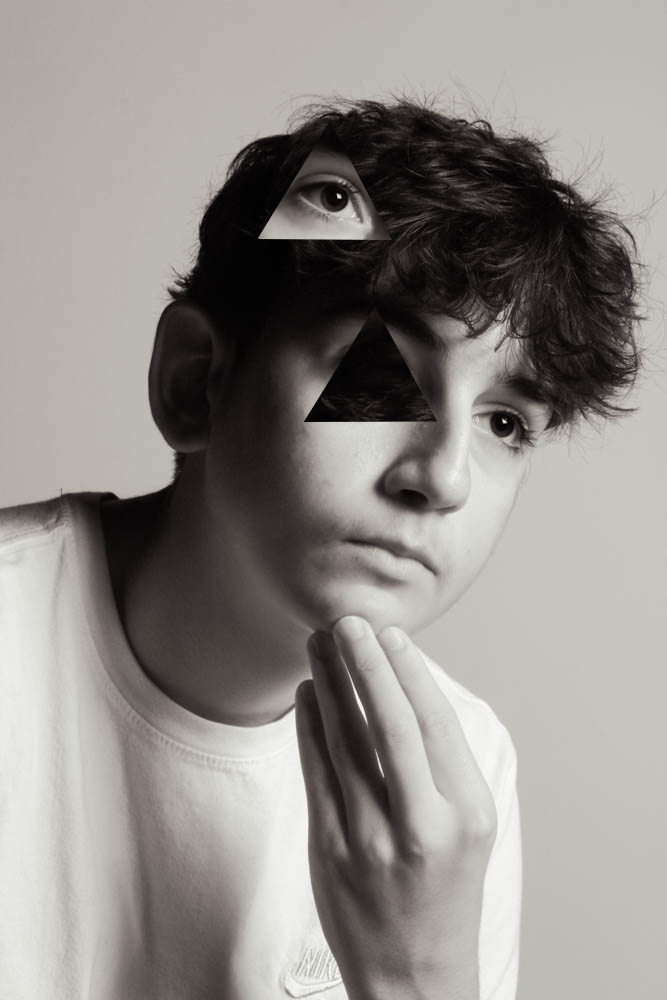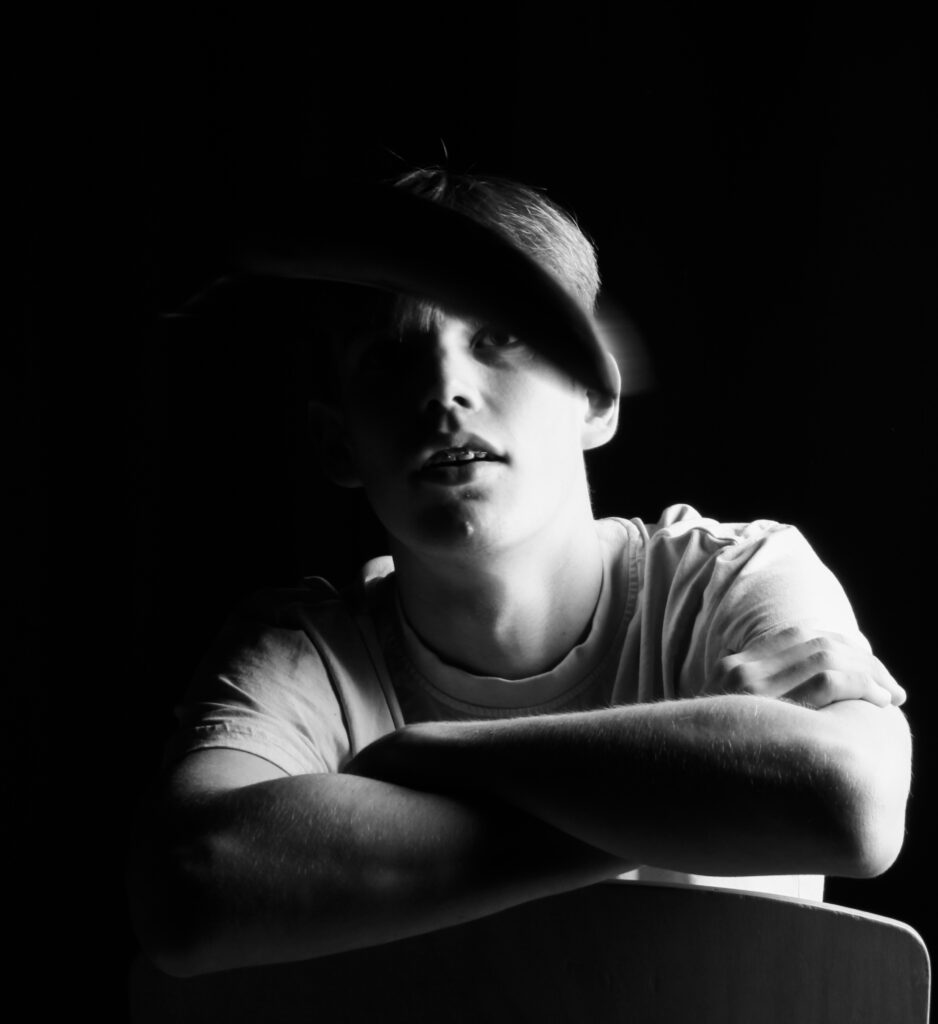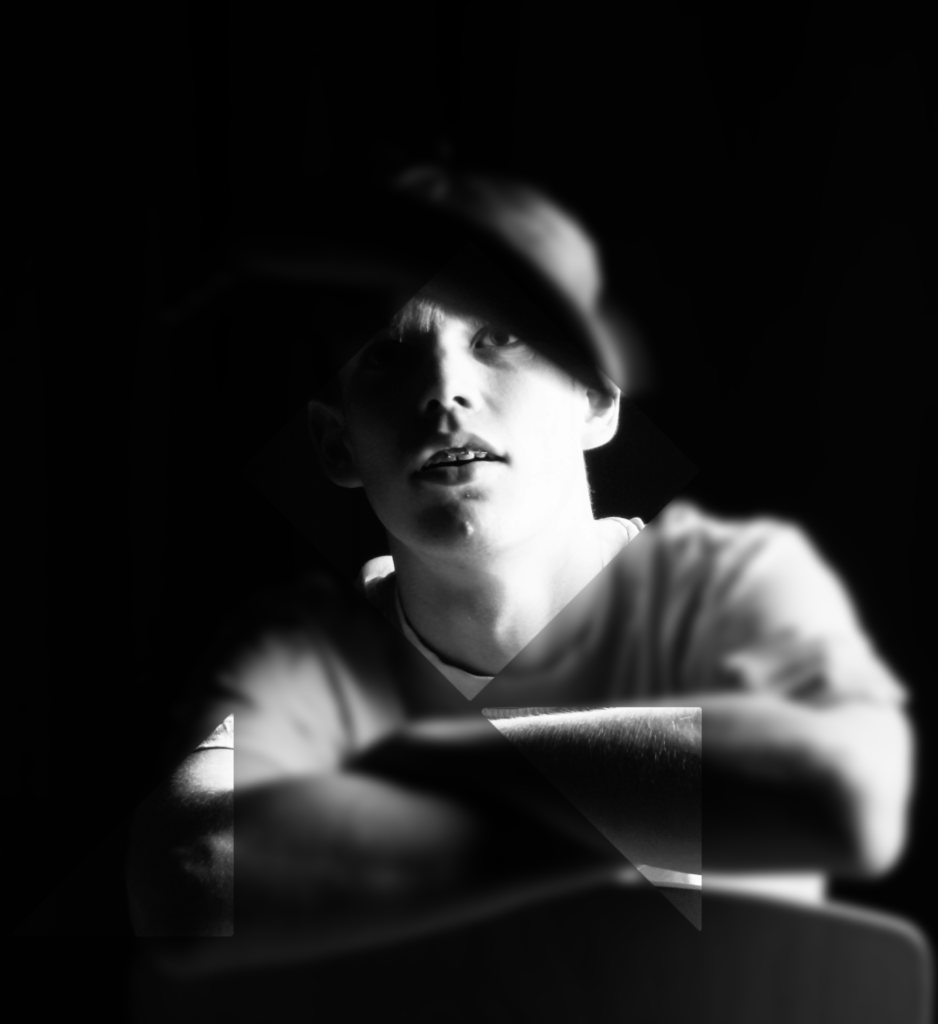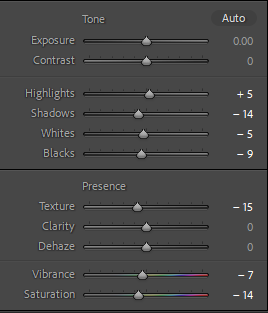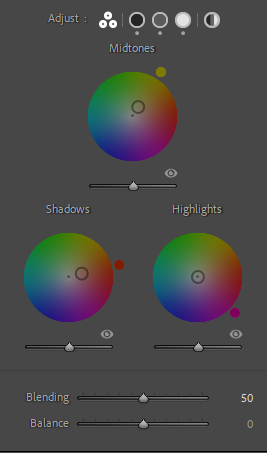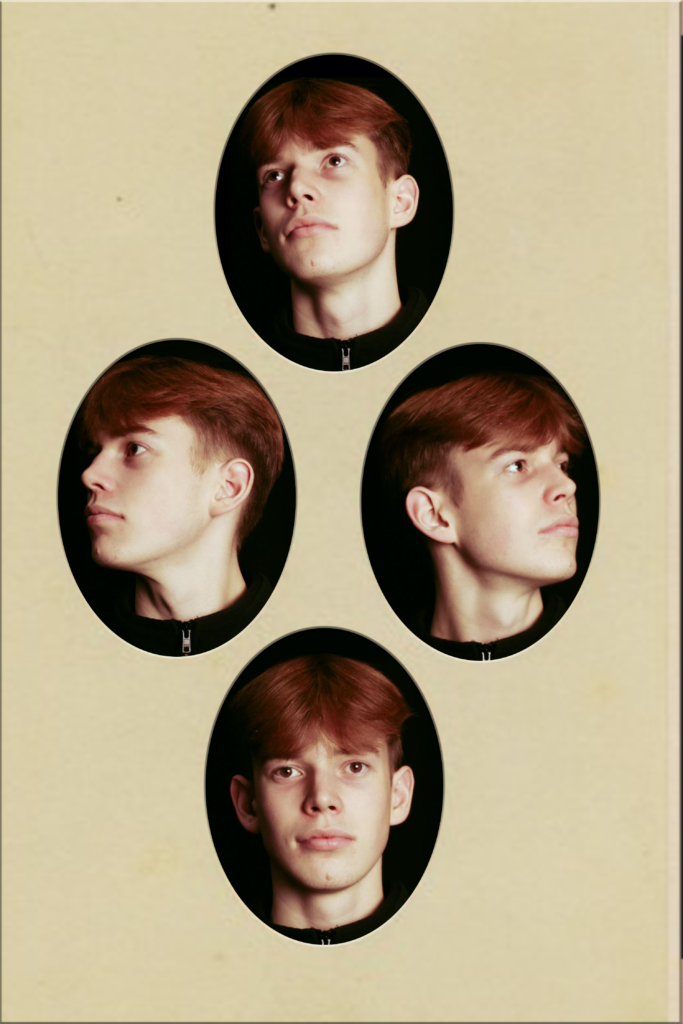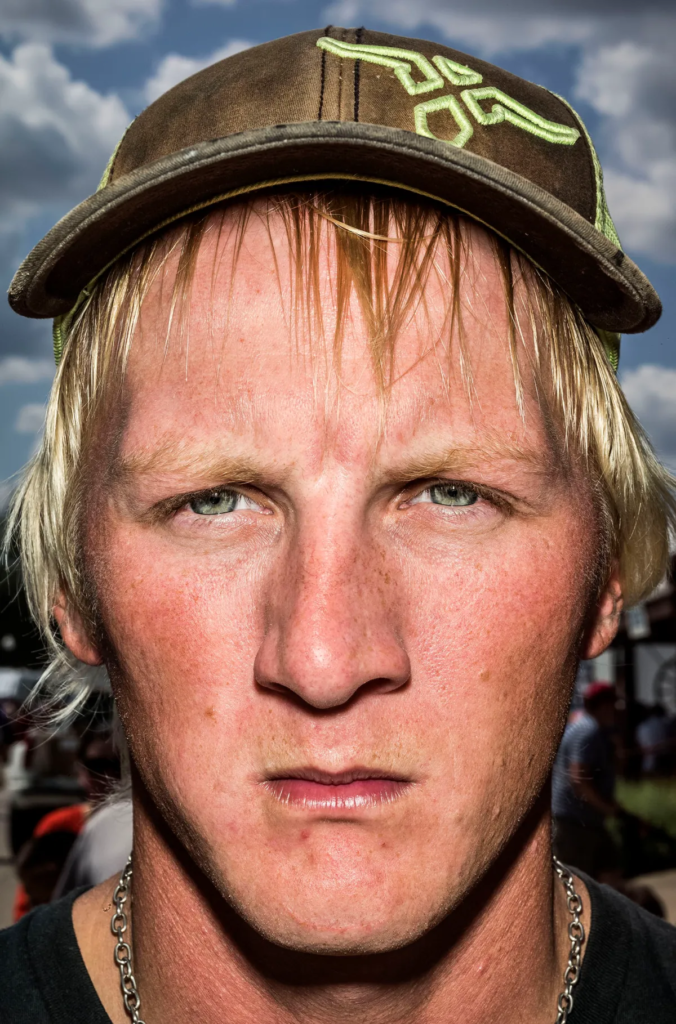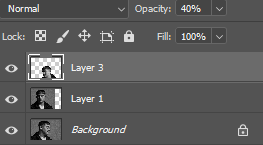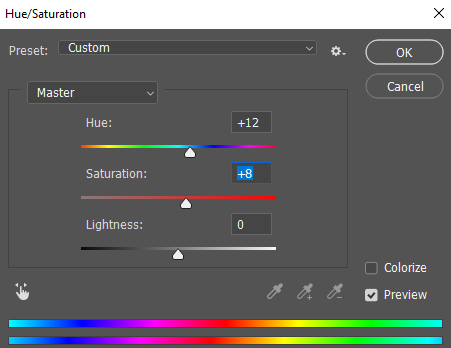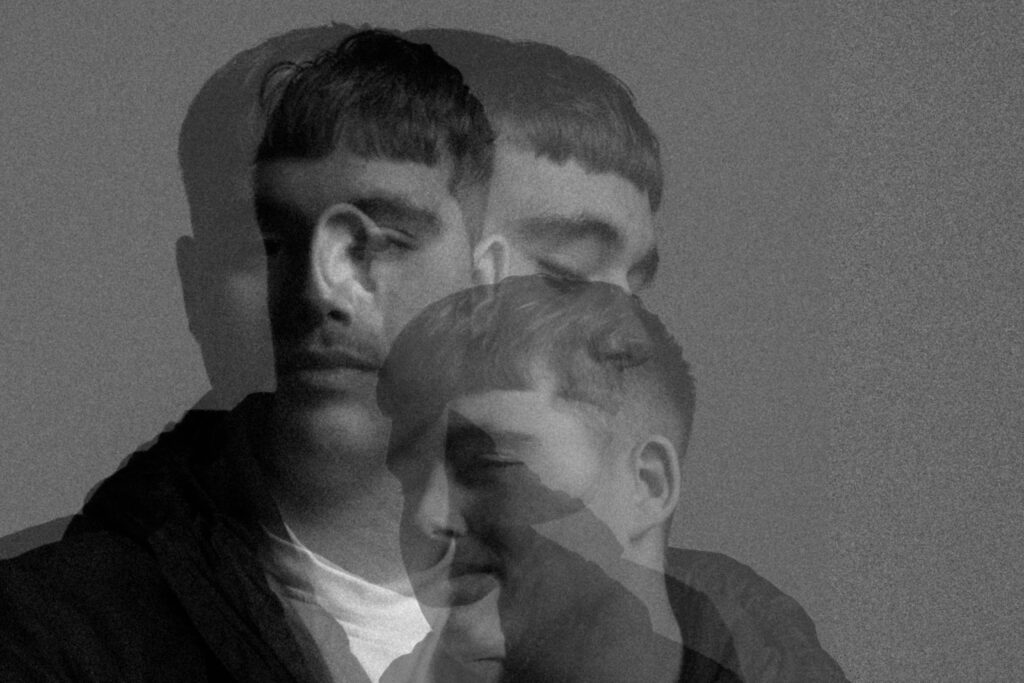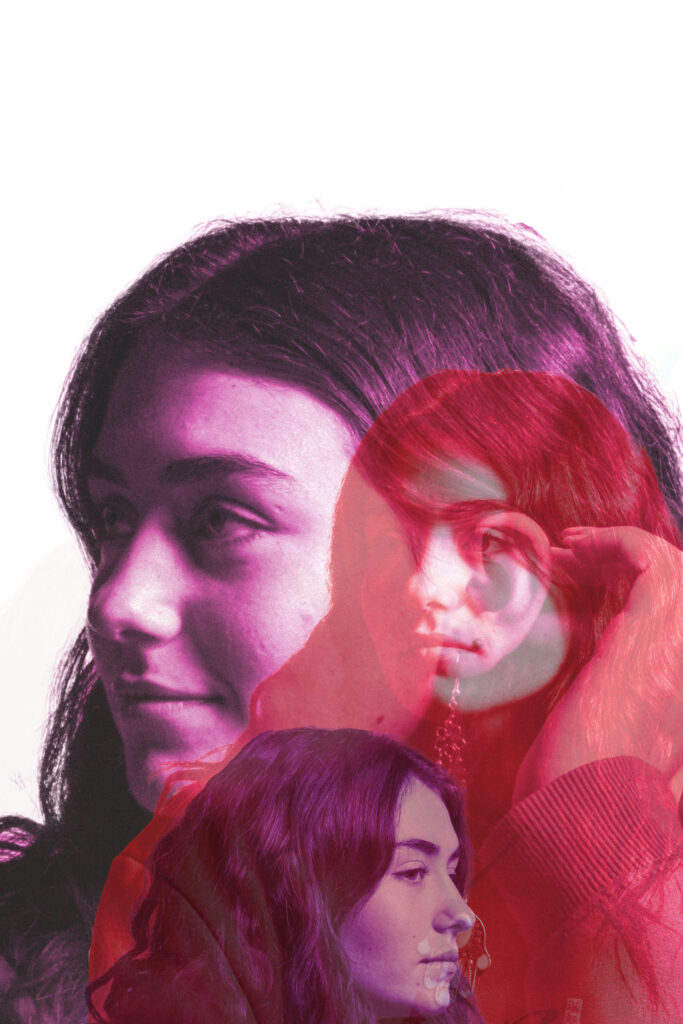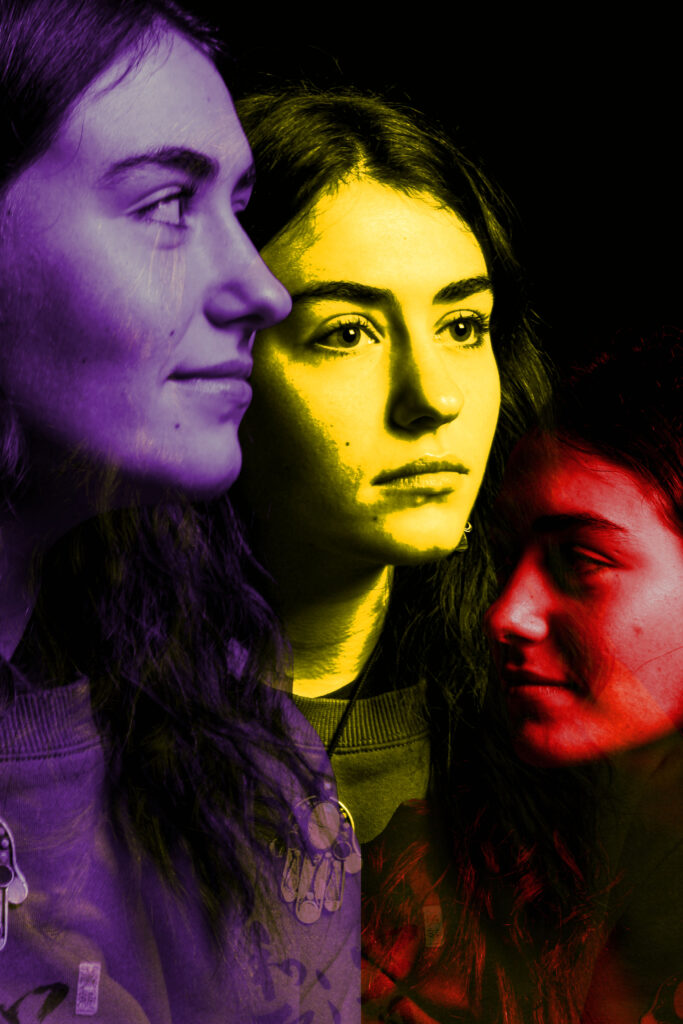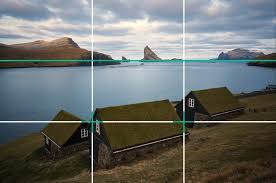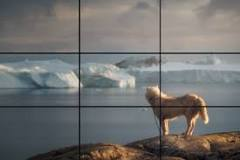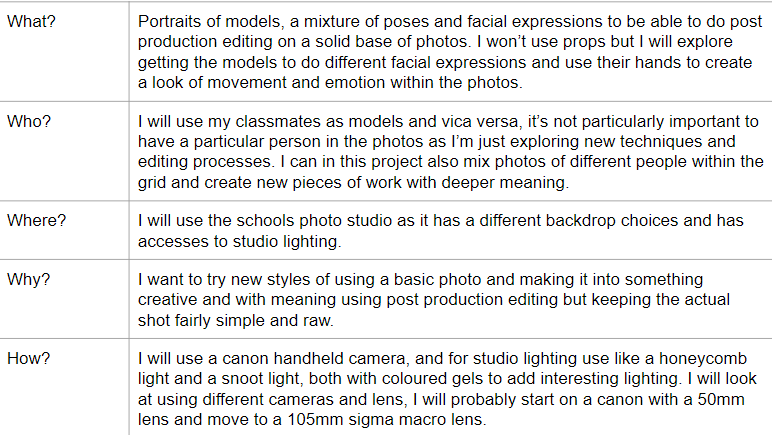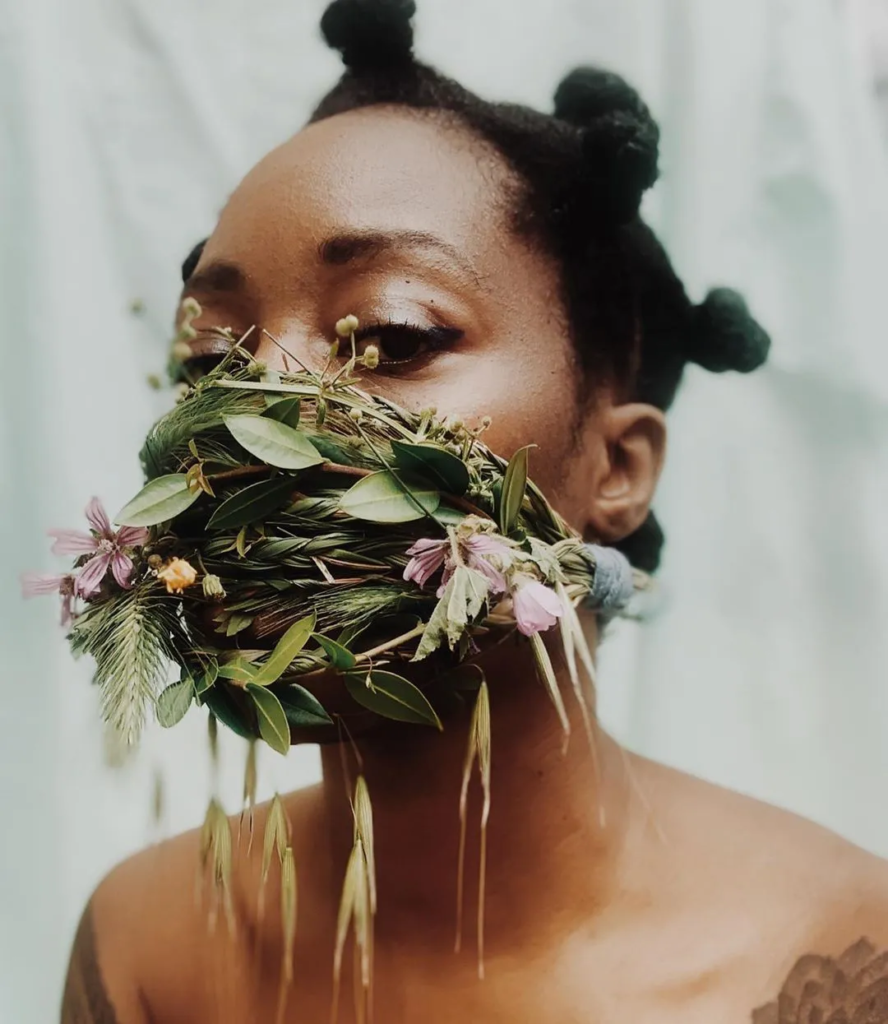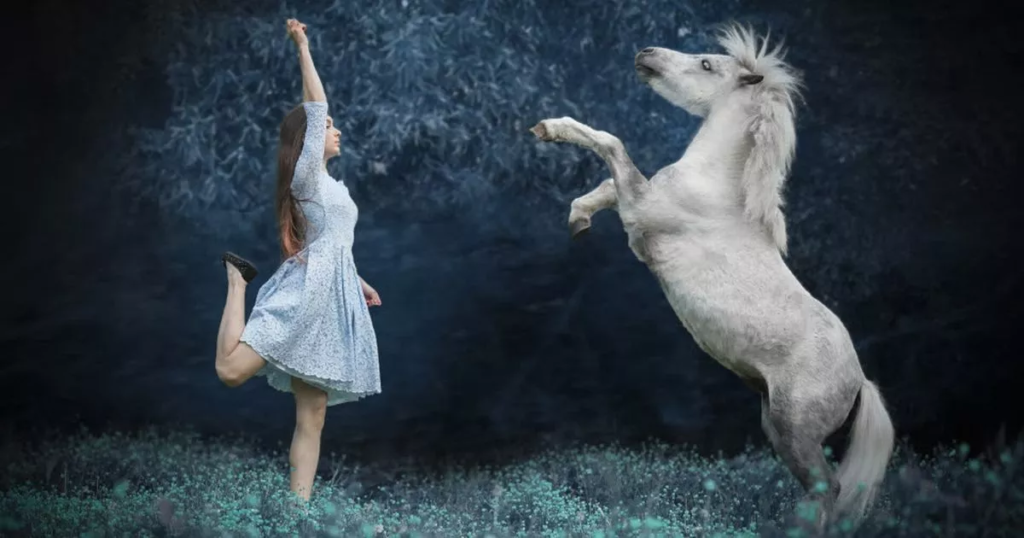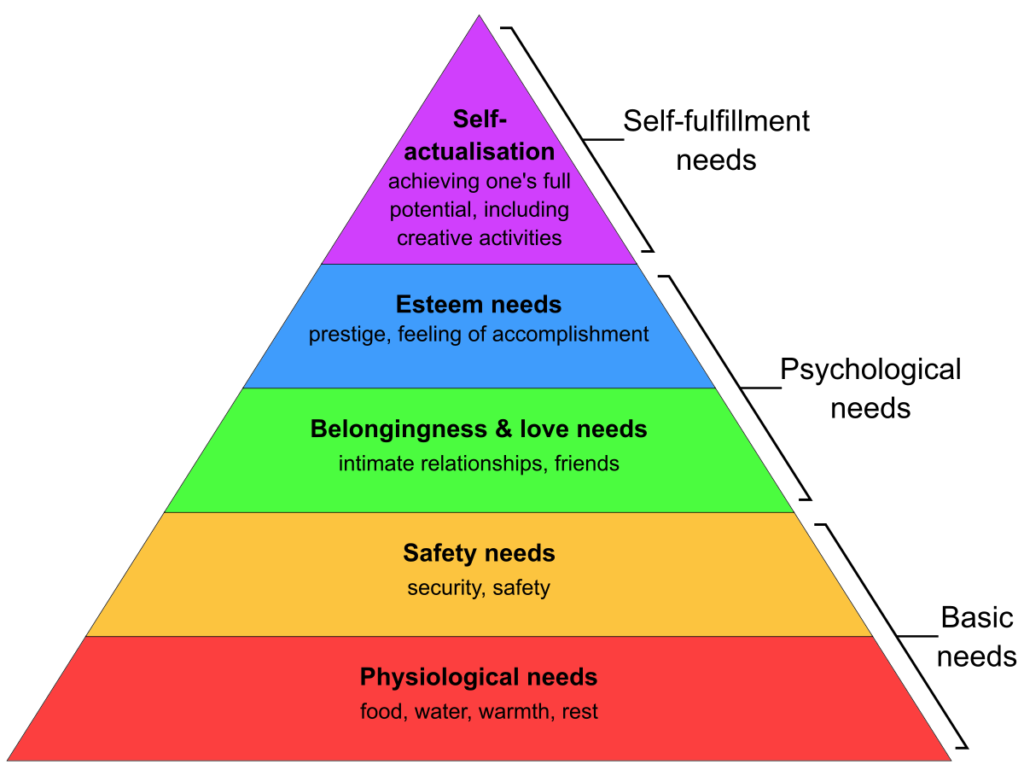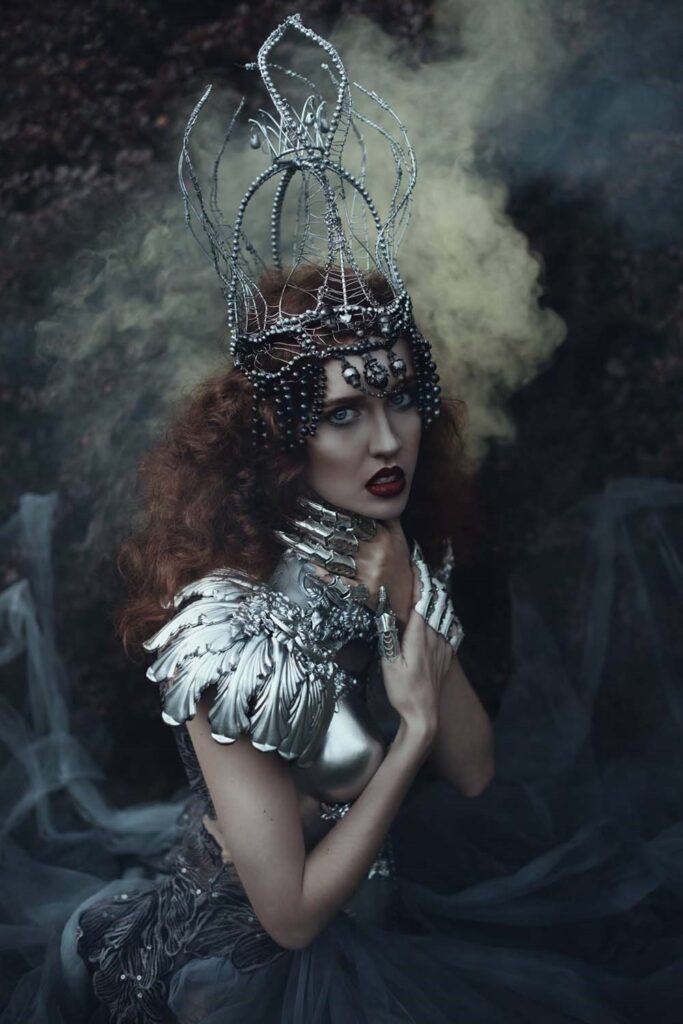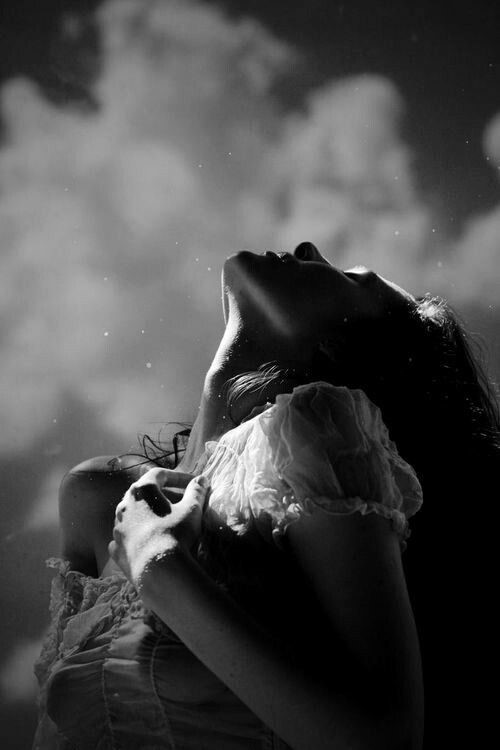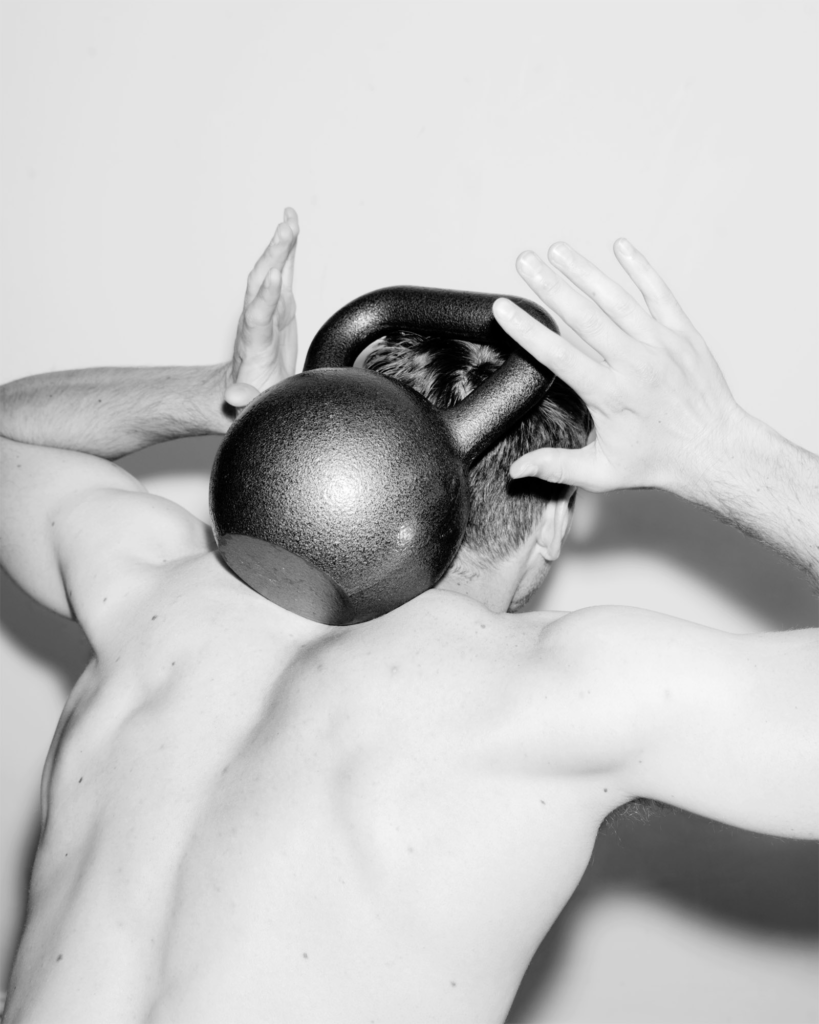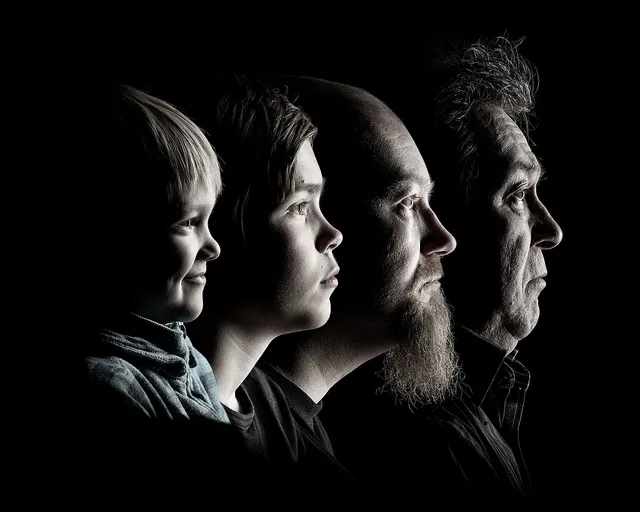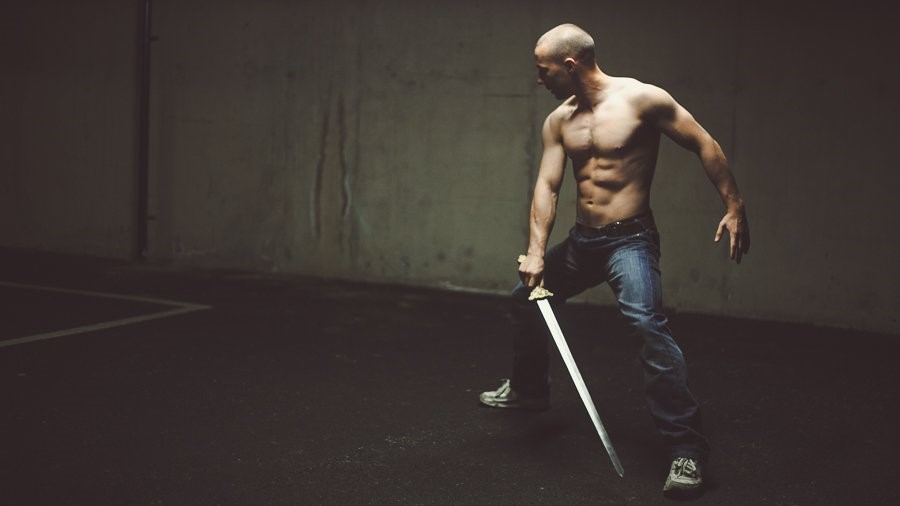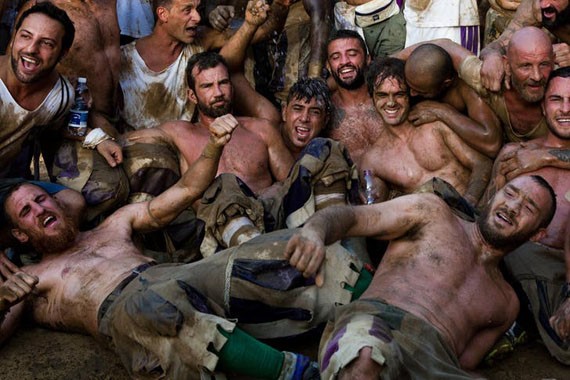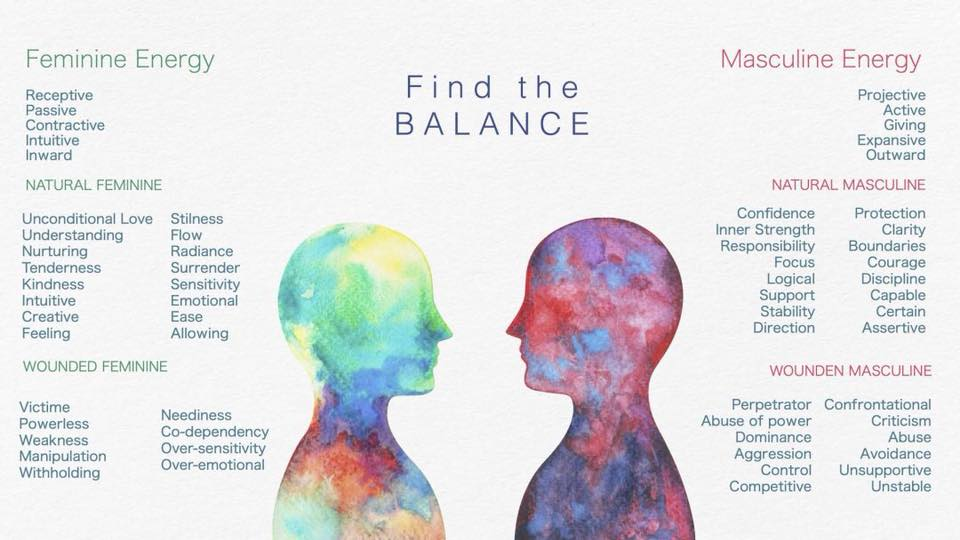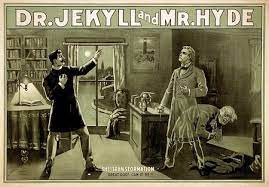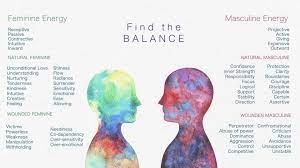in addition to the environmental photography study i did on my grandmother, i and a few other students took a camera across school to take photos of teachers and school staff in there everyday enviroment



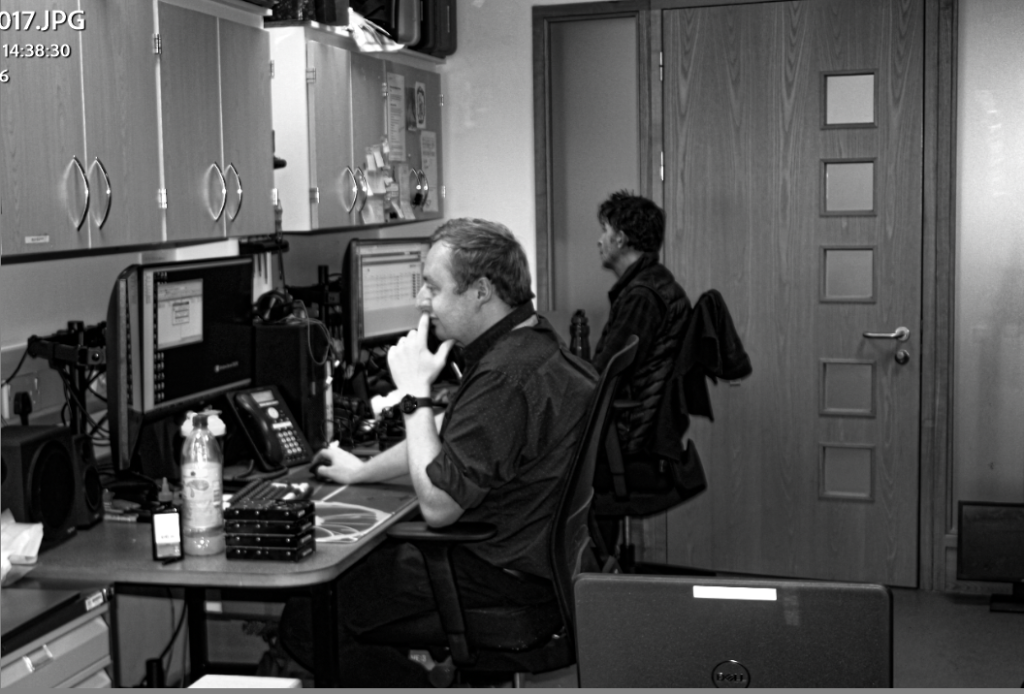
This photo school not only helped my confidence in photographing people i am not close with or comfortable with but also taught me a lot about the camera and helped me learn how to take high quality and in focus photos quickly and under pressure, with the teachers anxious to get on with there work we did ou best not to occupy to much of there time and therefor had to learn very quickly about how to focus and use the camera as quickly as possible, unfortunately a good amount of the photos we took did end up being a little blurry but the ones above are what i believe to be my best work from the hour we spend around school.
i edited these photos to be black and white/greyscale in imitation of Daniel Mordzinski’s photography style when photographing the ‘human atlas’ one of his most famous photography series.



